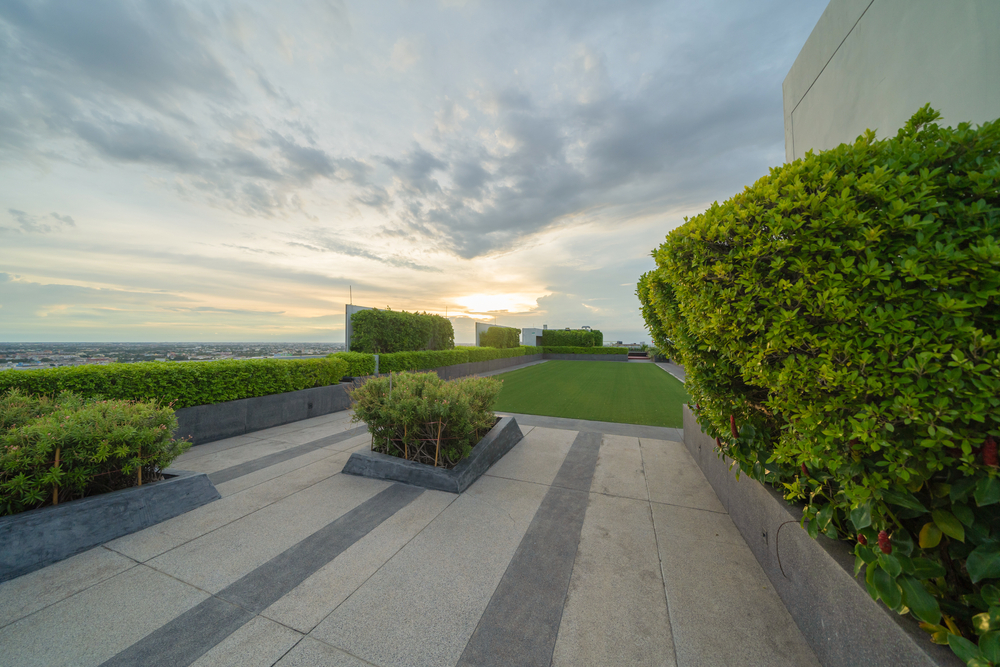In recent decades, life has changed rapidly, and with it, our needs. We often read or hear the news that our city is one of the most polluted in the world. For some it causes anger, and for a large number of people fear, what are we breathing and why does it all have to be like that? A particularly dominant feeling among most people is that everything is speeding up, that there is more and more stress, and less and less comfort and moments for a more relaxed version of life. There is an increasing need for a space that would allow us to regenerate and rest from the hustle and bustle of the city, as well as obligations. Today, when we are witnessing the ever-increasing expansion of cities, and urban areas are being filled with a large number of residential units, there is less and less greenery, park areas are getting less and less space, therefore the noise and crowds are becoming unbearable and large, so our needs for greenery, silence and with a bigger own space, bigger and bigger. Each individual faces these needs in his own way. Individuals try to make up for these shortcomings with frequent trips and trips to nature, while the more affluent and creative, especially if they have space, try to create a natural environment for themselves and turn their space into real little green oases of peace. Arrangement of green areas today it is gaining momentum.
Cities that have major problems with pollution are trying to awaken ecological awareness among citizens and in this way lead them to plant a tree wherever possible, while almost all cities, especially in developed countries, have real small revolutions in greening and movements advocating for environmental protection. We would often be delighted when, in some stifling environment, where gray and concrete dominate, we would come across a window or terrace where someone had created a real small botanical garden, while on the other hand, we would experience disappointment when, in some urban areas, individuals who have a large gardener, we come across unkempt and neglected spaces. On the other hand, on our trips, especially the summer, Mediterranean ones, we met with fairy-tale villas by the sea and dreamed of transferring a part of that atmosphere and taking it with us. Yard, full of diverse Mediterranean trees, fruits, terraces decorated with blossoming Mediterranean flowers and the joyful awakening of spring with a cup of coffee or tea in an atmosphere of silence, yet not so far from the city center. Hardly anyone, who works most of the day, didn't want to enter such a refined space after everything and forget about the hard day's work and get away from everything for a moment. In many developed countries, city authorities give incentives to citizens to refine their areas.
It is especially dominant in the countries of Scandinavia, Germany or Austria, the Netherlands, etc. Unfortunately, environmental awareness is still quite low in our country. One gets the impression that everyone actually wants to do that, to green the cities, but in practice, there are far more people who do harm and who see in every remaining green area a plot on which dozens of square meters should be built and further distance the Sun and nature from of the city. Maybe while we walk the streets of our cities young and full of life, when our thoughts are on other things, but when we start to meet more serious years, when our capacity to work decreases, we wish for that green corner where we could flip through the albums of our youth and hide your thoughts and experience the Sun and life around you. In fact, the true feeling of that importance is most dominant when you leave the city and look out over the expanses of green fields and realize how irreplaceable the beauty of greenery and nature is and how much it is worth fighting for and investing in.


